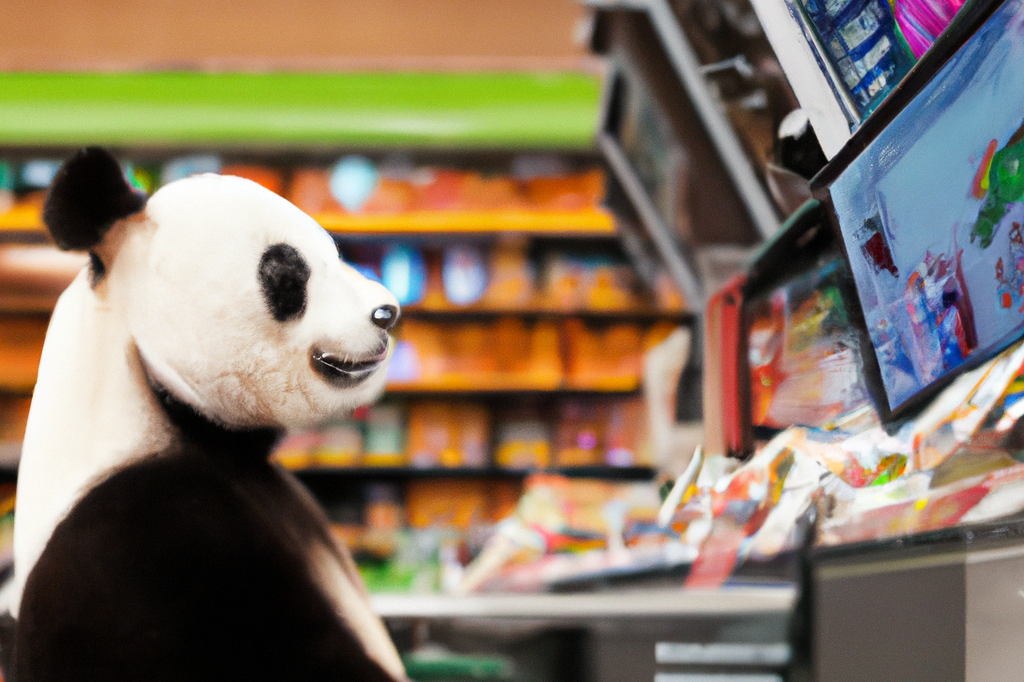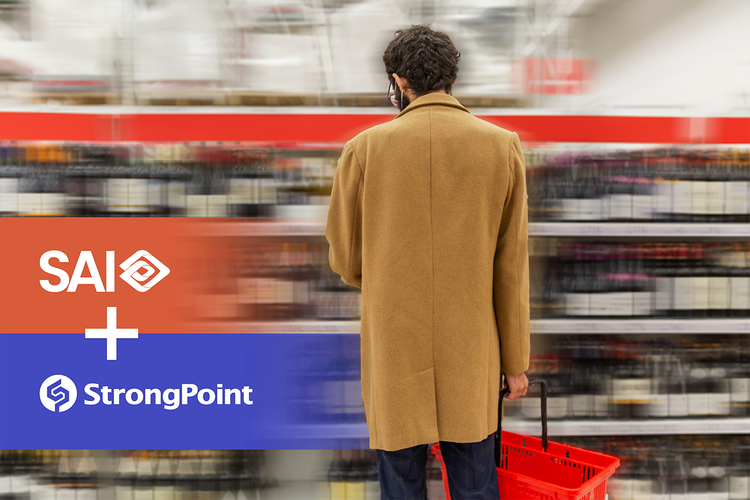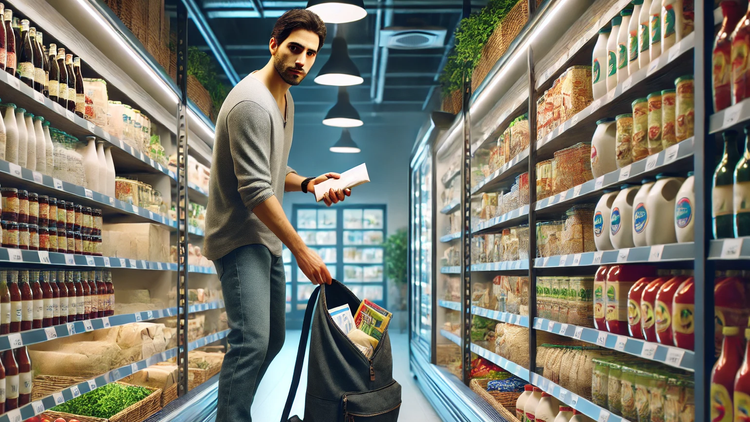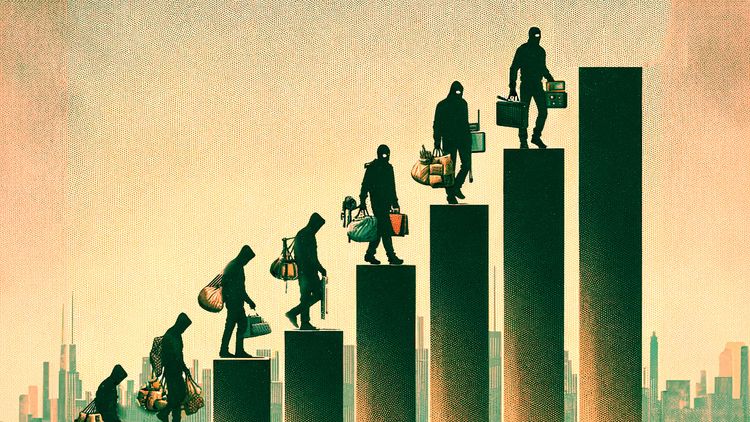Self checkout is a choice

I have had a long and so far unresolved history with self-service checkouts in retail.
From the start I should say that I played a large part in making self checkouts a ubiquitous part of the grocery front-end, particularly in the UK and Europe. I was part of the team that rolled NCR units out with ASDA, at what was then the highest rate ever seen back in the early aughts. With Wincor Nixdorf I worked on various projects, including the first large-scale deployment of cash-recycling units with Morrisons. Then during my time at Retalix we began integrating self checkout software right into the core ePOS stack - a move that led directly to the company’s acquisition.
For all the time and energy I devoted to the technology, there were always elements that didn’t quite sit right with me, and that I hoped would have been solved by now.
Firstly, I never liked the fact that customers had to handle products multiple times. My first love in this space was the customer self-scanning solution using Symbol Technologies (now Zebra) handheld devices. While working with this kit at Symbol, first as a project manager and then in sales roles, I became a very busy working mother - the key demographic for any grocery chain. I quickly learned that the simplicity of scanning products directly from the shelf edge and into bags or boxes that could be loaded straight into a car was a game changer for people whose lives had been turned upside down by parenthood. Although my tech-baby had to wait for almost twenty years and a global pandemic to get any kind of broad adoption, I have to confess feeling more than a little proud when friends and colleagues told me how much they enjoyed using it while shopping under the deepest COVID restrictions.
Self checkout is a choice. Customers can choose when and why they want to use them, perhaps based on basket size or the types of products they are buying. Retailers can choose whether to deploy them in stores, accepting both the operational efficiencies and staffing flexibilities, and also the downsides of clunky customer flow, disenfranchised attendants and escalating losses.
The fixed self checkout has always been quite clunky to use in comparison. And my part in the rise of the phrase “unexpected item in the bagging area” is not something I am at all proud of. One of the biggest things that the design of the early units missed completely is that the job of a checkout operator is difficult and stressful. There is way more to it than simply bipping boxes over a barcode scanner. The irony is that the current form of self checkouts was dreamed up by a psychology professor at the University of Toronto who had looked at an array of employment types and discovered that working on a till was one of the worst jobs to have. It is repetitive but full of exceptions, it requires being quick but careful, you work face-to-face with members of the public handling the two things they hold most valuable - their time and their money. Automating away many of these undesirable tasks appears obviously beneficial, but handing them to untrained customers may not, in the end, have been the best path to take. The crowning irony is that the attendants now tasked with overseeing up to eighteen self checkouts have had all their agency stripped away and have no tools with which to fix issues properly or enhance customer service.
Another largely unexpected consequence of widespread self checkout implementation is the levels of loss that now seem to be spiralling upwards. Objections were of course raised in the early days about customers simply helping themselves to products. Rigorous testing*, including using former shoplifters as consultants, overcame most of the objections. However in recent years, and particularly since the recent global shocks caused by COVID-19, the subsequent Great Resignation and Quiet Quitting phenomena, stores are not able to run with the staffing levels they would like, and adding self checkouts is an obvious way to plug the gaps. On the flip side of this, there seems to be a growing feeling of entitlement among customers that they should expect to underscan a basket of shopping as a form of payment for picking up the slack.
This was really brought home to me during a recent series of store visits, when a customer came right out and told us, in the middle of a self checkout corral, that they very firmly believed they should be due a discount if they were expected to work in the store. Members of the retailer’s team did their best to address these concerns, but this was just a real world example of a groundswell of opinion that is more commonly expressed via social media.
As we talked through the scenario after the fact, I was asked to offer my view on what happened. The advice I gave was to simply state that self checkout is a choice. There were staffed lanes open, which I would have directed the customer towards. If there weren’t, I suggested that they should offer to open one. I would also have mentioned that many customers feel that they prefer to scan their own shopping but could totally understand if they didn’t share that view.
Self checkout is a choice. Customers can choose when and why they want to use them, perhaps based on basket size or the types of products they are buying. Retailers can choose whether to deploy them in stores, accepting both the operational efficiencies and staffing flexibilities, and also the downsides of clunky customer flow, disenfranchised attendants and spiralling losses.
Making better choices
I am fortunate that, twenty years after starting my journey with the self checkout, I am finally able to start fixing the problems that previous generations of technologists (read: men who never shopped for groceries) never saw fit to tackle.
First and foremost in everyone’s minds at the moment is stopping and recouping the sheer level of loss that is leaking through the self checkout corral. The numbers are eye-watering, and the audacity and entitlement of small pockets of customers is more than a little unsettling to witness. I’m grateful that at SAI we have been able to develop a lightweight and scalable solution that can be moulded to fit within different retailer’s operating models, which is turning losses into increased sales.
Our computer vision stack, which turns existing cameras into visual sensors, is also able to automate away most of the events that would previously have required an attendant to assist with - the “unexpected items” that bring nothing but frustration to legitimate shoppers. Most of these interruptions may only hold up the transaction for a few moments, but to a customer with a full basket of groceries and a long list of other errands to run, these moments feel like an eternity.
The final benefit of our solution is to reduce the workload of the self checkout attendant. In the early implementations I put a lot of energy into championing the role of the attendant, working alongside them in stores to develop best-practice and adjust their processes. At the time, an attendant was only expected to cover four self-service lanes, but now with fewer staff available the ratios are very different. We are also seeing some large supermarkets, particularly in the US, running for long parts of the day with only self checkout lanes open, while others are trialling checkout lanes that can convert between attended and self-service modes. The attendant's role has always a busy one, but it has changed a lot over the years. By deploying our solutions we are not only smoothing out around 50% of the interventions that would previously have paused a transaction, we are also able to provide relevant, timely and useful insights to the attendant so that they can offer valuable service to the customers that need it most.
As is often the case in this industry, change happens gradually, then suddenly. Self checkout systems were embraced very quickly, but adapting them to properly fit the expectations of customers, the demands of businesses, and the needs of the colleagues tasked with keeping them running has taken some time. We are now starting to see a lot of momentum growing, pushing forward technologies that will enhance the self checkout for everyone involved. We are proud to be leading this movement.
Footnote:
*During this testing, one of the former shoplifters showed how they would attack a vulnerability by using a barcode from a low priced item to scan in place of a higher value product. As a result, the threat of “ticket switching” became ubiquitous in conversations around self checkout security. After analysing millions of transactions in stores around the world, we have found that this kind of behaviour only accounts for a very small percentage of the losses at self checkout. The vast majority of deliberate abuse of self checkouts is much less sophisticated, it turns out.




